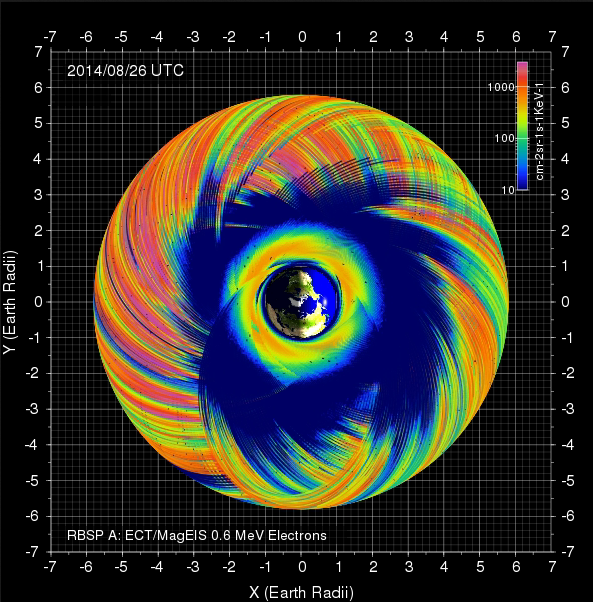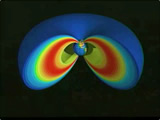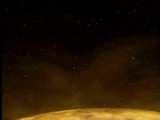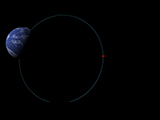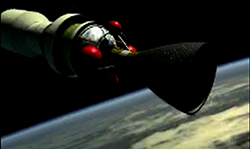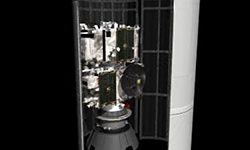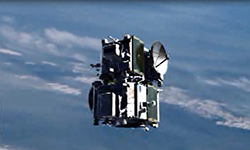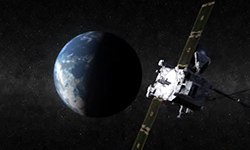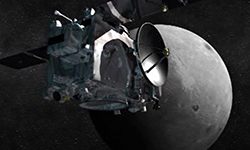Space Weather/Sun-Earth Mission Animation Library
Van Allen Probes Animations
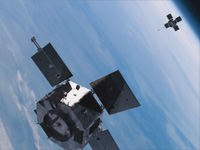
The Van Allen Probes deploy their solar arrays.
Credit: NASA/Johns Hopkins University Applied Physics Laboratory (NASA/JHUAPL)
QuickTime Movie (30.80 MB file)
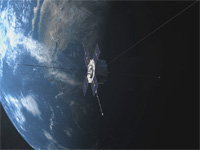
The Van Allen Probes will orbit Earth on similar orbits, ranging from approximately 373 miles (600 km) to 23,000 miles (37,000 km) altitude.
Credit: NASA/Johns Hopkins UniversityApplied Physics Laboratory (NASA/JHUAPL)
QuickTime Movie (33.47 MB file)
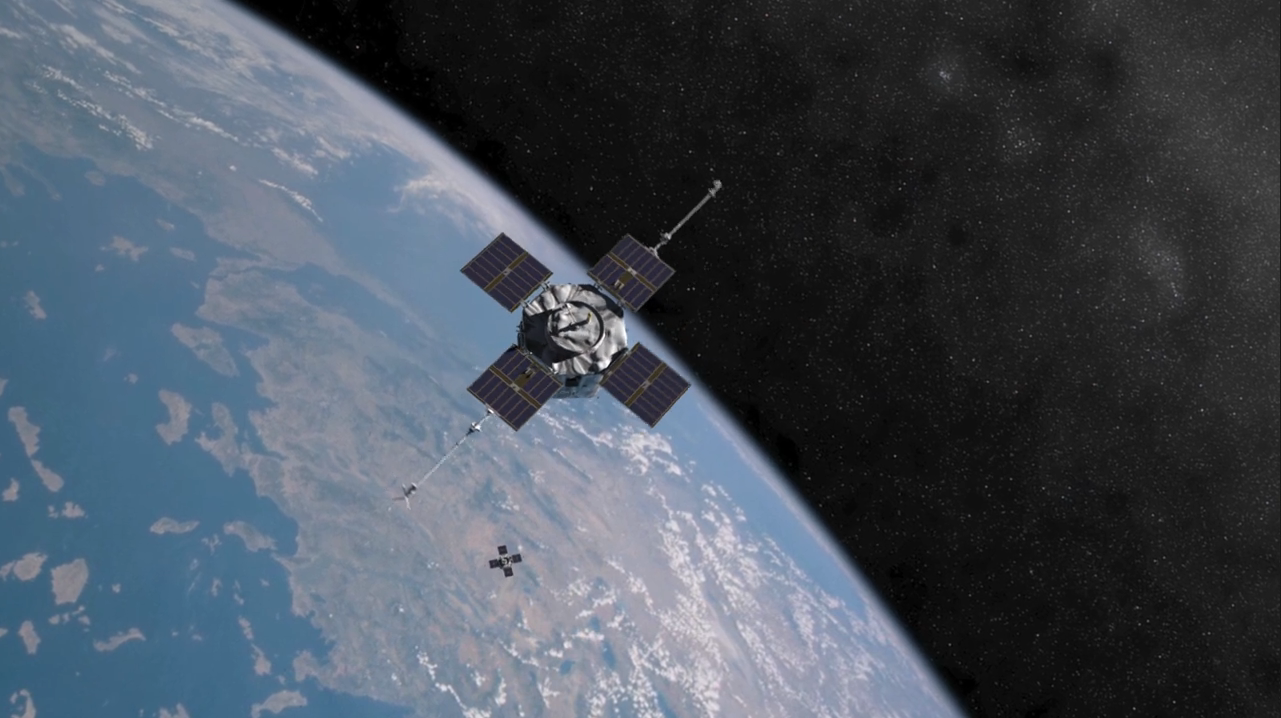
A Van Allen Probe deploys the spin plane booms that carry instruments for the Electric Field Wave experiment.
Credit: NASA/Johns Hopkins University Applied Physics Laboratory (NASA/JHUAPL)
MP4 Movie (1.95 MB file)
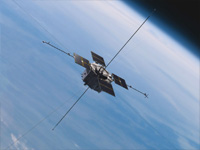
A Van Allen Probe deploys the stacer booms that hold instruments for the Electric Field Wave experiment.
Credit: NASA/Johns Hopkins University Applied Physics Laboratory (NASA/JHUAPL)
QuickTime Movie (29.15 MB file)
